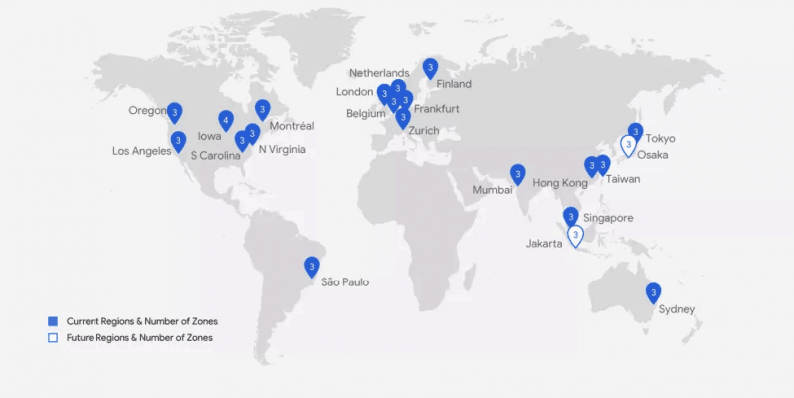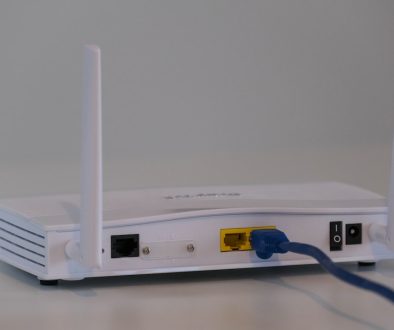Scaling Web Data Collection Safely with Proxies: A Practical Case Study
Imagine wanting to build a library of all products sold online. Big dream, right? To make it happen, you’d need to collect a massive amount of web data. But scraping websites at scale is tricky. Sites don’t like it when thousands of bots visit them at once. That’s where proxies come in. They’re like friendly disguises for your data collectors.
This article walks you through how one small startup scaled its web data collection using proxies—safely, cleverly, and with a dash of fun.
Meet DataDino
Let’s meet our fictional hero: DataDino. This tiny, three-person startup builds price comparison tools. They need to collect data from tons of online stores—fast, often, and without getting blocked.
At first, DataDino just sent requests from their own IP address. It worked for a while. Then came the horror:
- They got blocked. A lot.
- Sites started showing them CAPTCHAs.
- The data became unreliable.
It was time for a new plan.
Enter the Proxies
Proxies are like masks for your internet traffic. Instead of sending requests from your own IP, you send them through other IPs. This lets you rotate identities and avoid bans.
DataDino explored different types of proxies:
- Data center proxies – Fast, cheap, but easier to detect.
- Residential proxies – Real user IPs. Harder to detect, a bit slower.
- Mobile proxies – From actual phones. Super stealthy, but pricey.
They chose residential proxies. Balance of stealth and speed. Plus, they didn’t break the bank.

Step-by-Step: How They Did It
Here’s how DataDino safely scaled their web data collection using proxies:
- Rotated IPs Regularly: They used a pool of thousands of IPs, switching for every request.
- Watched for Errors: When a site returned an error or CAPTCHA, they logged it and skipped for now.
- Added Random Delays: They made their bots act like real humans—waiting a bit between clicks.
- Used User-Agent Headers: They sent different browser headers to look extra real.
Before, they scraped 100 product links a day. After proxies? 10,000+ items an hour. Smooth and stealthy.
Keeping It Legal and Ethical
Scaling is exciting. But it comes with responsibility. DataDino made sure they:
- Scraped only public data.
- Respected robots.txt (when possible).
- Didn’t overload small sites.
- Told their lawyers what they were doing (always a good idea!).
It’s not just about “can we scrape?” It’s also about should we?
What They Learned the Hard Way
Not everything went perfectly. Here are a few facepalm moments:
- They once forgot to log failed requests and thought their script worked fine. It wasn’t scraping anything.
- One day, their proxy provider went down. No backup plan. Total blackout.
- They tried to scrape a government site. It had top-tier defenses and shut them down instantly.
Lesson? Track everything. Have backups. Don’t mess with government sites!

Tips for Your Own Project
Want to scale your scraping game safely? Here are some quick tips:
- Start small. Test on a sample before scaling.
- Use reliable proxy providers. Quality matters.
- Respect limits. Don’t hammer websites with requests.
- Log everything. Successes, errors, delays.
- Stay legal. Know your laws and site terms.
Final Words
Web scraping is powerful. It fuels innovation—from market research to big data projects. But doing it at scale? That’s an art.
Thanks to smart proxy use, little DataDino grew up. They built a reliable, scalable, and safe web scraping operation. You can too—just remember to wear your digital disguises and scrape responsibly.
- Pokémon UNITE Error Code 2102 Explained & Fixed - December 28, 2025
- Why Microsoft Error Code 3399745538 Occurs and How to Fix It - December 26, 2025
- Sharp MX-3640 Error Codes Explained and How to Clear Them - December 26, 2025
Where Should We Send
Your WordPress Deals & Discounts?
Subscribe to Our Newsletter and Get Your First Deal Delivered Instant to Your Email Inbox.



